 Your new post is loading...
 Your new post is loading...

|
Scooped by
Mickael Ruau
October 3, 2023 11:05 AM
|
Le Framework Cynefin (prononcer cunévine) a été développé par Dave Snowden (chercheur gallois spécialisé en gestion des connaissances) en 1999, et a été beaucoup utilisé depuis pour décrire des problèmes, des situations et des systèmes.

|
Scooped by
Mickael Ruau
October 3, 2023 9:45 AM
|
By using an expert-less, community-driven approach, organizations are put in a position to thrive on complexity rather than being defeated by it.

|
Scooped by
Mickael Ruau
January 9, 2022 10:19 AM
|
Un article de Wikipédia, l'encyclopédie libre. Dans la théorie de l'évolution, l' exaptation est une adaptation sélective opportuniste, privilégiant des caractères qui sont utiles à une nouvelle fonction, pour laquelle ils n'avaient pas été initialement sélectionnés. Par exemple, les plumes des théropodes, initialement sélectionnées parce qu'elles assureraient leur thermorégulation, ont permis l'adaptation au vol.

|
Scooped by
Mickael Ruau
December 10, 2021 5:21 AM
|
I joined the Cynefin Centre seven months ago, and with a background in health systems felt well versed to take on what complexity thinking had to throw at me.However, joining the world of anthro-complexity, sense-making, and complex adaptive systems has opened up a universe of possibilities and explorations...

|
Scooped by
Mickael Ruau
November 16, 2021 1:27 AM
|
I have heard that a few of you use my illustrations of the Cynefin Framework in 3D that is great! I also heard that there is a need to get a more slimmed down version so now I created three versions of it, Basic, Basic with transactions and Full version. I hope you will like it.

|
Scooped by
Mickael Ruau
October 25, 2021 1:47 AM
|
We deliver better results for our clients when we embrace uncertainty with an Agile mindset.

|
Scooped by
Mickael Ruau
October 14, 2021 2:02 AM
|

|
Scooped by
Mickael Ruau
October 8, 2021 1:52 AM
|
This book provides an introduction to the role of diversity in complex adaptive systems. A complex system — such as an economy or a tropical ecosystem — consists of interacting adaptive entities that produce dynamic patterns and structures. Diversity plays a different role in a complex system than it does in an equilibrium system, where it often merely produces variation around the mean for performance measures. In complex adaptive systems, diversity makes fundamental contributions to system performance.

|
Scooped by
Mickael Ruau
October 6, 2021 1:39 AM
|
I first heard of the Stacey Matrix when taking my Agile Scrum Product Owner certification course. It was heralded as a means to determine when to use Agile and when to use traditional Waterfall software development methodologies.

|
Scooped by
Mickael Ruau
August 20, 2021 1:34 AM
|
A crisis response plan driven by tight feedback loops keep employees' needs front and center as you navigate a rapidly changing reality. Here's how.

|
Scooped by
Mickael Ruau
July 23, 2021 4:57 AM
|

|
Scooped by
Mickael Ruau
April 29, 2021 1:41 AM
|
Sense-making can prevent teams from jumping to the first solution that comes to mind. Cynefin helps teams decide what to do in their retrospective after informed sense-making. Facilitators can use Cynefin to enhance transitions from gathering data to generating insights in retrospectives.

|
Scooped by
Mickael Ruau
November 4, 2020 5:10 AM
|
We’d all like life to be simpler. But we also don’t want to sacrifice our options and capabilities. Tesler’s law of the conservation of complexity, a rule from design, explains why we can’t have both. Here’s how the law can help us create better products and services by rethinking simplicity.
|

|
Scooped by
Mickael Ruau
October 3, 2023 9:51 AM
|
managementyogi, pmp, rmp, acp, pfmp, camp, pgmp, ms project, management, primavera, risk, agile, champ, books, videos, leadership

|
Scooped by
Mickael Ruau
October 3, 2023 8:57 AM
|
The CYNEFIN framework helps to determine the nature of the cases handled and to choose the optimal way to deal with them.

|
Scooped by
Mickael Ruau
December 29, 2021 1:21 AM
|
Présentation du modèle Cynefin de Dave Snowden comme outil de management pour tous les dirigeants.

|
Scooped by
Mickael Ruau
November 23, 2021 1:33 AM
|
Useful Cynefin framework resources. Contribute to cynefin-community/awesome-cynefin development by creating an account on GitHub.

|
Scooped by
Mickael Ruau
November 15, 2021 1:33 PM
|
The cynefin.io, Naturalising Sense-Making wiki that almost anyone can edit.

|
Scooped by
Mickael Ruau
October 21, 2021 2:09 AM
|

|
Scooped by
Mickael Ruau
October 13, 2021 1:56 AM
|
It is also worth reading the 2019 St David’s Day series of five posts which provided an update on Cynefin. Keep an eye out here and on social media for an invitation to review the outline and content in our new Haunt for members of the Cynefin Network. To be clear I am not going to attempt a detailed description of the Stacy Matrix, or the Zimmerman variation. There is a lot of material on the web and in books; my purpose here is to establish similarities but more importantly differences. For the sake of clarity I have shown all three below.

|
Scooped by
Mickael Ruau
October 7, 2021 1:44 AM
|
“Although the framework, which Stacey had developed in the mid-1990s, regularly crops up in blogs, on websites and during presentations, he no longer sees it as valid and useful. His comment explains why this is the case, and the implications that this has for his current view of complexity and organizational dynamics. In essence, he argues that - life is complex all the time, not just on those occasions which can be characterized as being “far from certainty” and “far from agreement” …
- this is because change and stability are inextricably intertwined in the everyday conversational life of the organization …
- which means that, even in the most ordinary of situations, something unexpected might happen that generates far-reaching and unexpected outcomes …
- and so, from this perspective, there are no “levels of complexity” …
- nor levels in human action that might usefully be thought of as a “system”.

|
Scooped by
Mickael Ruau
September 30, 2021 9:44 AM
|
Ralph Stacey a développé un modèle pour aborder des situations complexes dans les paramètres de gestion, connu sous le nom de matrice de Stacey. Les gestionnaires et les leaders des organisations doivent avoir une diversité d'approches pour faire face à la diversité des contextes, d'où l'approche de contingence ou situationnelle[1]. La matrice de Stacey nous exhorte à faire preuve de plus de confiance dans certains domaines que nous comprenons intuitivement mais où il nous manque d'appuis solides (incertitude et désaccords) pour prendre des décisions.

|
Scooped by
Mickael Ruau
August 10, 2021 1:53 AM
|
During the ScrumDay, InfoQ FR has interviewed Dave Snowden to explain what is Cynefin and how to use it, to describe a freshly introduced concept of 'acceptation', his point of view about "scaling agile" frameworks, and what can Cynefin and narrative bring in enterprise, in order to understand the dynamics of success and failure when deploying Agile at scale.

|
Scooped by
Mickael Ruau
June 21, 2021 1:29 AM
|
Projects in Controlled Environments (plus connue sous le nom de PRINCE2) est la méthodologie de gestion de projet la plus répandue dans le monde, utilisée par des équipes dans plus de 150 pays. Mais qu'est-ce que la méthode PRINCE2 et pourquoi a-t-elle autant de succès ?

|
Scooped by
Mickael Ruau
February 9, 2021 7:38 AM
|
The book Cynefin: Weaving Sense-Making into the Fabric of our World by Dave Snowden describes the Cynefin framework and explores how it has developed over the years.
|
 Your new post is loading...
Your new post is loading...
 Your new post is loading...
Your new post is loading...




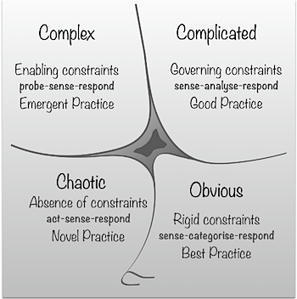





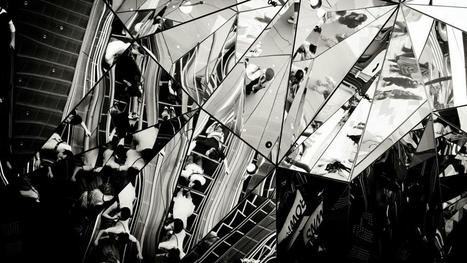





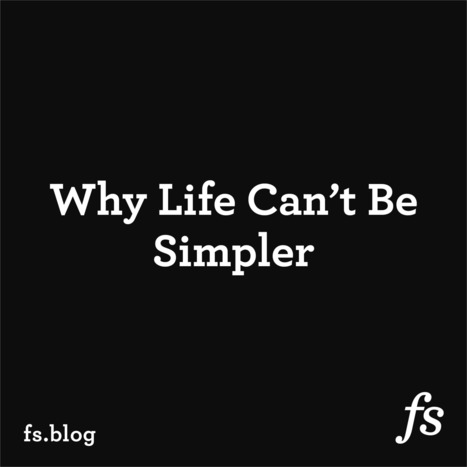
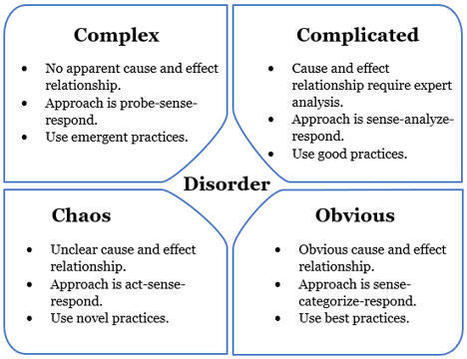


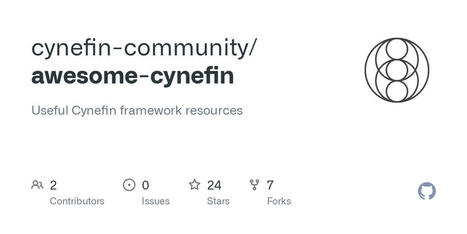
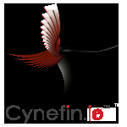

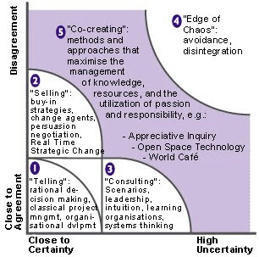



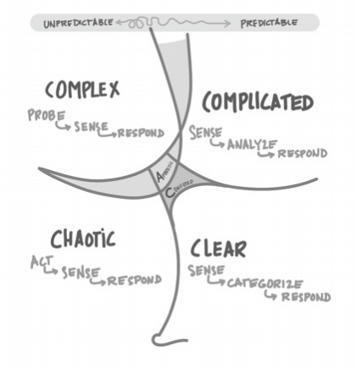





La frontière entre simple et chaotique est considérée comme catastrophique et Snowden indique qu’il faut essayer de se restreindre à rester au sein de systèmes situés entre “compliqués” et “complexes” et à n’aller vers des systèmes “simples” que ponctuellement, ces derniers étant vulnérables aux changements rapides et généralement catastrophiques.
L’agilité, sous toutes ses formes méthodologiques, n’est pas une panacée universelle. Elle est pertinente quand la situation à traiter est complexe et/ou chaotique, en tout ou partie. Le Framework Cynefin s’intègre dans un raisonnement plus global dans lequel on cherche à comprendre à quels besoins l’agilité tente de réponde.
Le cercle d’or ou « Golden Circle » de Simon Sinek synthétise ce questionnement : « Pourquoi » être agile, « Comment » se comporter pour être agile et « Que » veut dire être agile.
Cercle d’or Simon SinekChacune de ces questions peut trouver une réponse en utilisant des outils tels que :
L’environnement technologique dans lequel nous vivons aujourd’hui est celui du changement permanent dont le rythme s’accélère de plus en plus. Pour qualifier cet environnement, l’armée américaine a inventé dans les années 1990 l’acronyme VUCA ou VICA en français :
Notre environnement est volatile (V) à cause de sa nature changeante. Nous ne sommes plus capables de prédire avec certitude à moyen et long termes, et même les prédictions à court terme sont souvent incertaines (I). Les technologies sont devenue complexes (C) et tout est devenu ambigu (A). Les événements passés, présents et futurs sont difficiles à comprendre en termes de causes et effets. Dans un tel environnement, beaucoup de choses sont trop complexes pour qu’on puisse toutes les traiter avec des approches prédictives et avec un haut degré de certitude. Cependant, selon le contexte dans lequel une organisation opère, il est possible que certaines décisions puissent se prendre avec un haut niveau de certitude. De fait, le niveau d’agilité requis n’est pas le même selon les situations.
La boucle OODA, ou « OODA loop », est un concept inventé en 1960 par le pilote de chasse John Boyd de l’United States Air Force pour conceptualiser sa facilité à battre tous ses élèves lors de simulations de combats aériens, en itérant rapidement quatre processus : « Observe, Orient, Decide and Act » (« observer, s’orienter, décider et agir »). Le principe de la boucle OODA est très proche du concept PDCA (Plan – Do – Check – Act) de la roue de Deming (William Edwards Deming, statisticien, professeur, auteur, et consultant américain), si ce n’est que OODA focalise plus sur la boucle propre à un compétiteur. Jeff Sutherland, le co-créateur de la méthode SCRUM, a déclaré que OODA était au cœur de la mentalité SCRUM.